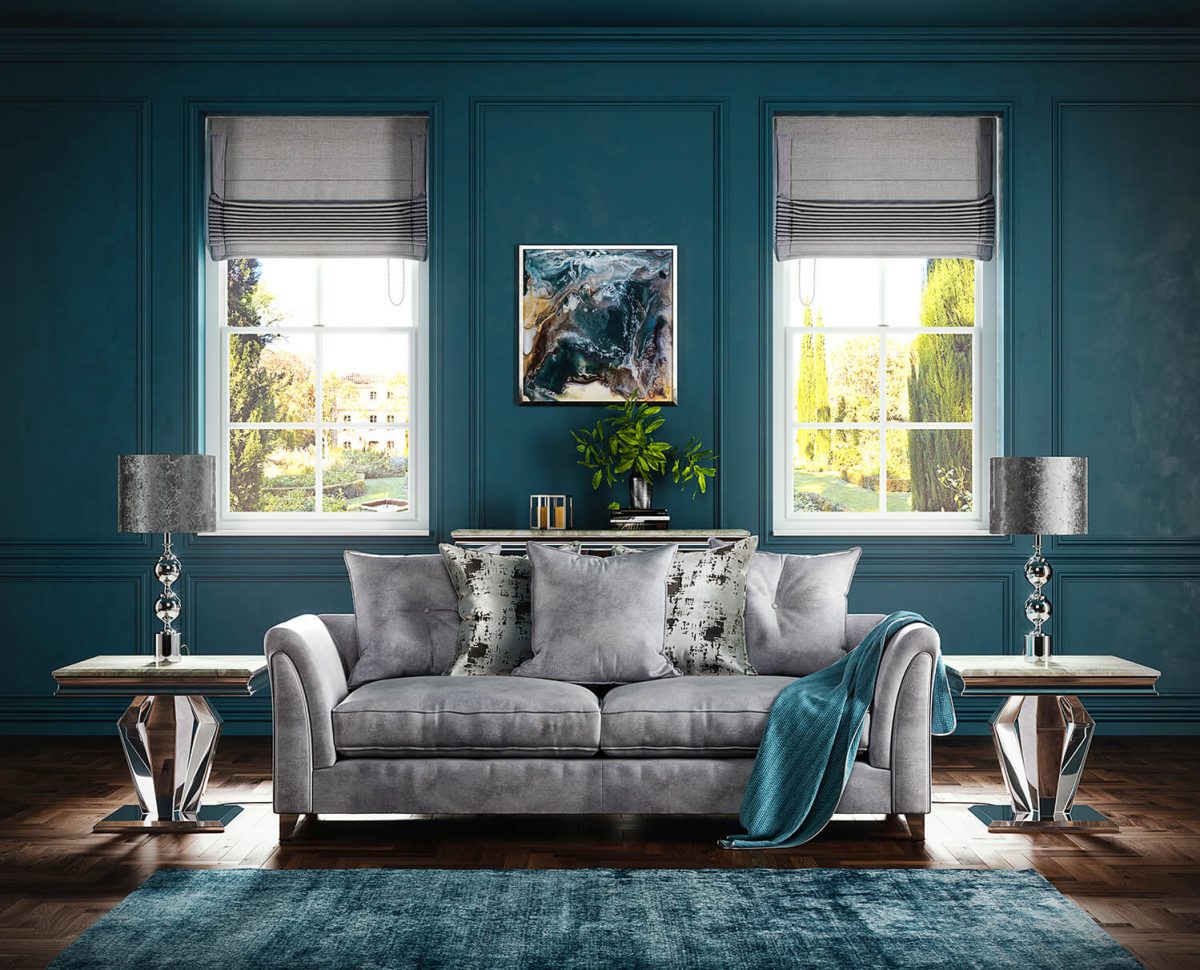
What is 3D rendering?
A straight forward guide to understanding the 3d visualisation process
From blockbuster action movies to car advertisements, cartoon shows, architectural magazines, and even social media, the use of 3D rendering is everywhere around us.
Today, 3D rendering has become a commonly used design concept in the field of architecture, movies, print media, landscaping, vehicle manufacturing and others. But, what does 3D rendering mean? Let’s delve deeper into the world of 3D Visualisation in this post.
What is 3d rendering?
Put simply, 3D rendering refers to the process of transforming a two-dimensional concept into a three-dimensional digital image using computer technology. To make a 3D picture, the artists use computer techniques that combine artistic license and the technical details of the project to a photo real image. The images are prepared using specifications given by the client that determine the colour, material, and texture of each component in the image.
Also Read: Cost Comparision – CGI vs Photography Shoot
When it started?
William Fetter pioneered rendering in 1960 when he created a representation of a pilot to duplicate the space necessary in a cockpit. Then, in 1963, while still a student at MIT, Ivan Sutherland created Sketchpad, the first 3D modelling tool. For his pioneering contributions, he is known as the “Father of Computer Graphics.”
3D rendering process explained

Here is a detailed explanation of how 3D visualisation services are carried out by 3D artists or a 3D rendering studio.
Step 1: Understand the project’s vision
To build a model, a 3D artist needs to have a thorough knowledge of the project. A 3D artist starts by visualising the project, browsing CAD files, sketches, and the available reference images. Camera angles are often determined at this stage based on the 2-dimensional drawings.
Step 2: 3D modeling
The 3D artist creates a digital model using specialist 3D modelling tools inside the software This process is very much like building a physical model context, except that the model is only available in 3D computer space.
Step 3: Materials and texturing
The 3D artist makes the use of various photographs, scans and patterns to make the 3D models appearance as realistic as possible This can be compared to painting the object with the photographs etc. so will look realistic when rendered. This also applies to the properties for making anything matte or glossy, surface roughness along with other elements to match the objects specifications.
Also read: 3D visualisation comparison – good and bad CGI
Step 4: Lighting
The 3D artist defines the lighting element in a 3D setting to replicate real-world illumination. This technique is similar to how a photographer or filmmaker would set up lighting before filming, with the exception that the 3D artist must additionally set up sunlight and/or ambient room lighting. The computer software automatically sets the time of day for the sun and sky but a week constructed scene would have additional lighting to illuminate shadows of highlight focus objects etc.
Step 5: Rendering
Rendering is the process by which the computer generates a 2D picture or pictures from the 3D scene utilising a render engines. It is analogous to taking a snapshot of the physical world.
The rendering time might vary from a few hours for a single image to several days for a large animation. The rendering time is mainly determined by the scene’s complexity and the desired quality. This technique can only be completed by a computer.
Step 6: Refining
During the image refining process, raw drafts are provided for the client’s input. These drafts are usually prepared in a low-resolution format to expedite the revision process. The artist adjusts the environment, texturing, and lighting as needed to get the intended effects.
Also read: The perfect 3D/photo mix
Step 7: Final delivery
The agreed-upon final 3D images are delivered to the client in the desired format, size, and resolution as needed for the project. In the case of web-based applications, the images are optimised as “jpg” files. On the other hand, images for print applications are made as high-resolution “tiff” files.
The Conclusion
3D rendering is a highly complex design process carried out by skilled and experienced 3D artists.
If you’re looking for the best ever 3D images and visualisation services, look no further than Red and Gray. To know more about our services, contact us today!
Disclaimer- The information provided in this content is just for educational purposes and is written by a professional writer. Consult the professionals today to know more about 3D Rendering.

